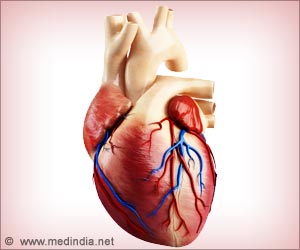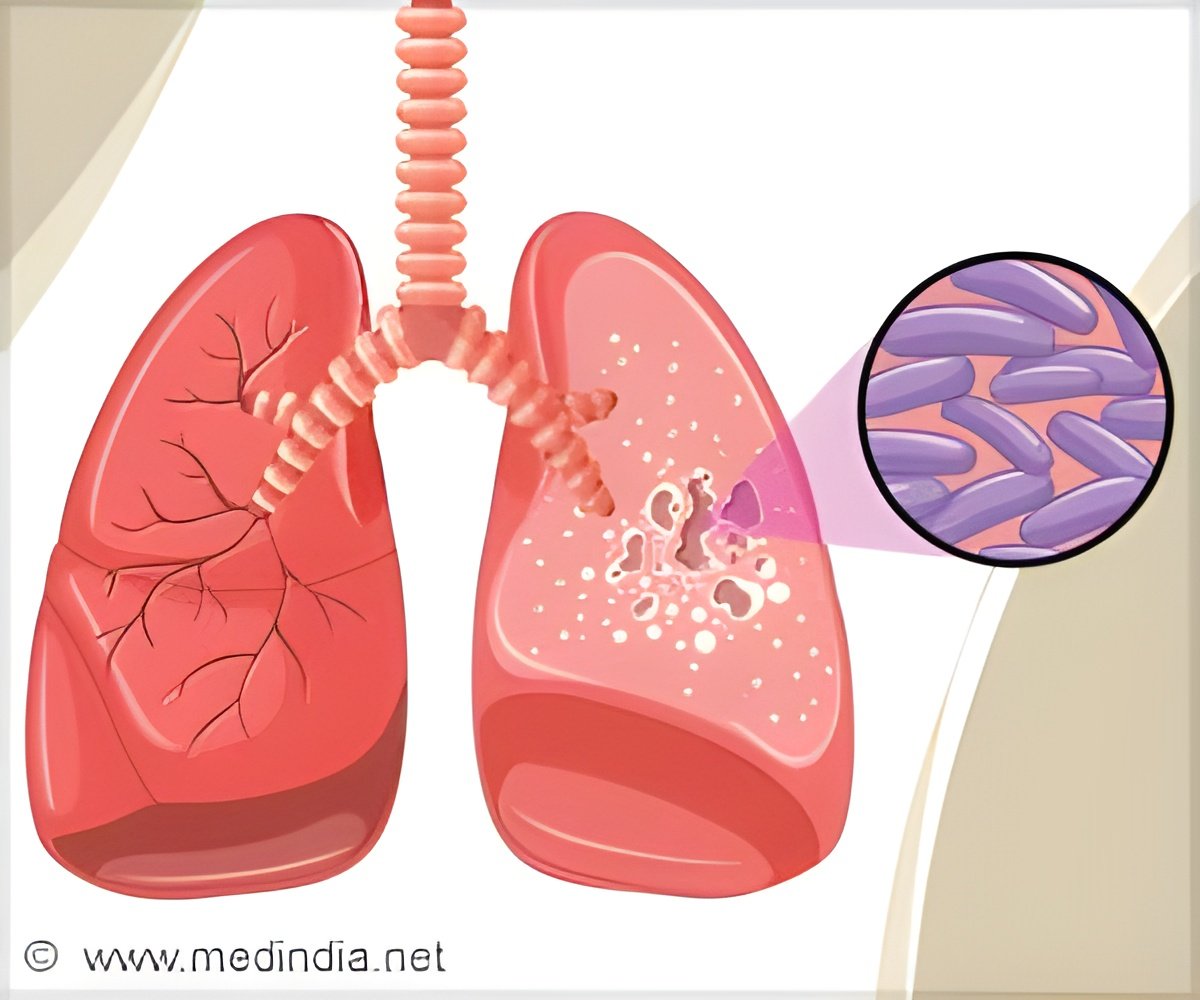The research team included Lauren Huckaby, MD, from the University of Pittsburgh in Pennsylvania, Dr. Gleason, and colleagues. They queried the Interventional Cohort (IVC) of the
in order to detect sex-specific differences in presentation, operative approach, and outcomes in patients with type A acute aortic dissection (TAAD).
‘Women are at increased risk of developing severe aortic tears and presenting serious clinical features like shock (31.3% versus 22.2%), and coma (11.5% versus 7.5%) than men’
According to Stanford classification, type-A acute aortic dissection refers to the tear that begins from the place where the aorta exits the heart. These types of tears tend to extend from the upper to lower sections of the aorta, then towards the heart, increasing the likelihood of compromised blood flow throughout the body and rupture of the pericardial sac that surrounds the heart.
Key takeaways
Within the IRAD-IVC database, the team found that,
Between 1996 and 2018, 2,823 patients experienced type-A acute aortic dissection and underwent some kind of surgical procedure as a part of the repair. Among these 2,823 people, 34% were females.
The female population who developed TAAD were significantly older than male patients (65.4 years versus 58.6 years on average)
Women were the least affected ones by TAAD but presented different clinical features than men such as low blood pressure, loss of blood supply to vital organs, shock (31.3% versus 22.2%) , and coma/altered consciousness (11.5% versus 7.5%) .
Females were more likely to experience intramural hematoma (19.4% versus 13.2%), and complete (17.2% versus 10.2%), or partial (24.8% versus 19.4%) false lumen thrombosis than males.
Women were less likely to undergo aortic valve replacement, aortic root replacement, and/or complete arch replacement (15.2% versus 20.6%) than men.
Women must prioritize self-care
Benjamin A. Youdelman, MD, from Maimonides Medical Centre in Brooklyn, New York, who was not directly involved in this research, cautioned that women might not be considering these signs and symptoms significant which could be making them less interested in prioritizing their care.
“The recognition that women present differently and later in the course suggests that they may be seeking emergency care in a more delayed fashion than men,” said Dr. Gleason.
The study shows increased mortality of female patients with TAAD although the mortality rate between the sexes was comparable in the last few years due to the recent improvements in healthcare facilities.
Dr. Gleason concluded: “Accordingly, clinicians should respond to these sometimes opaque signs and symptoms by considering aortic dissection early. These findings at presentation should raise suspicion among physicians into the possibility of aortic dissection, giving rise to immediate diagnosis to allow for more efficient surgical management. We should be hypervigilant in women to avoid any further delays in treatment.”
Source: Medindia



